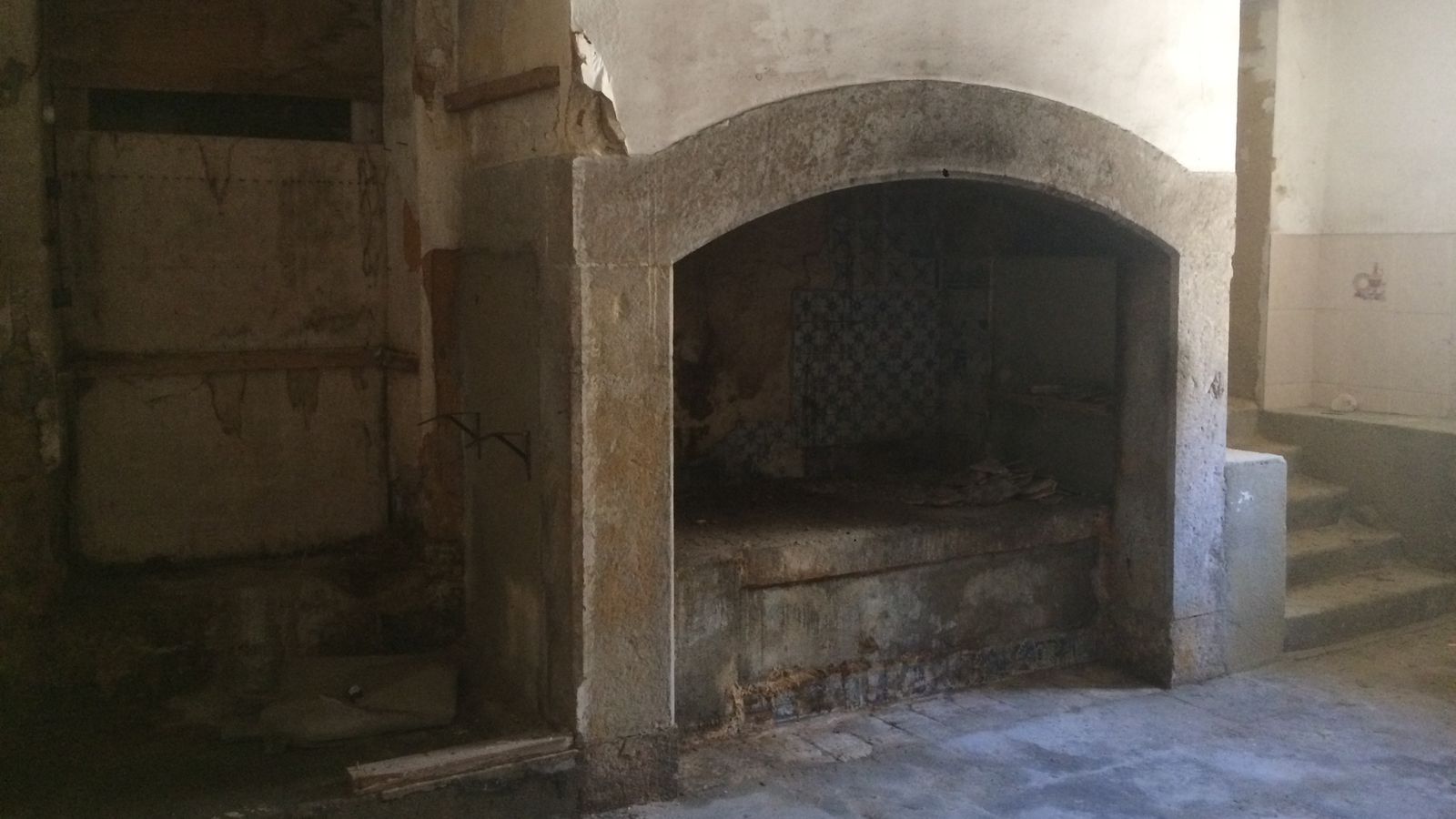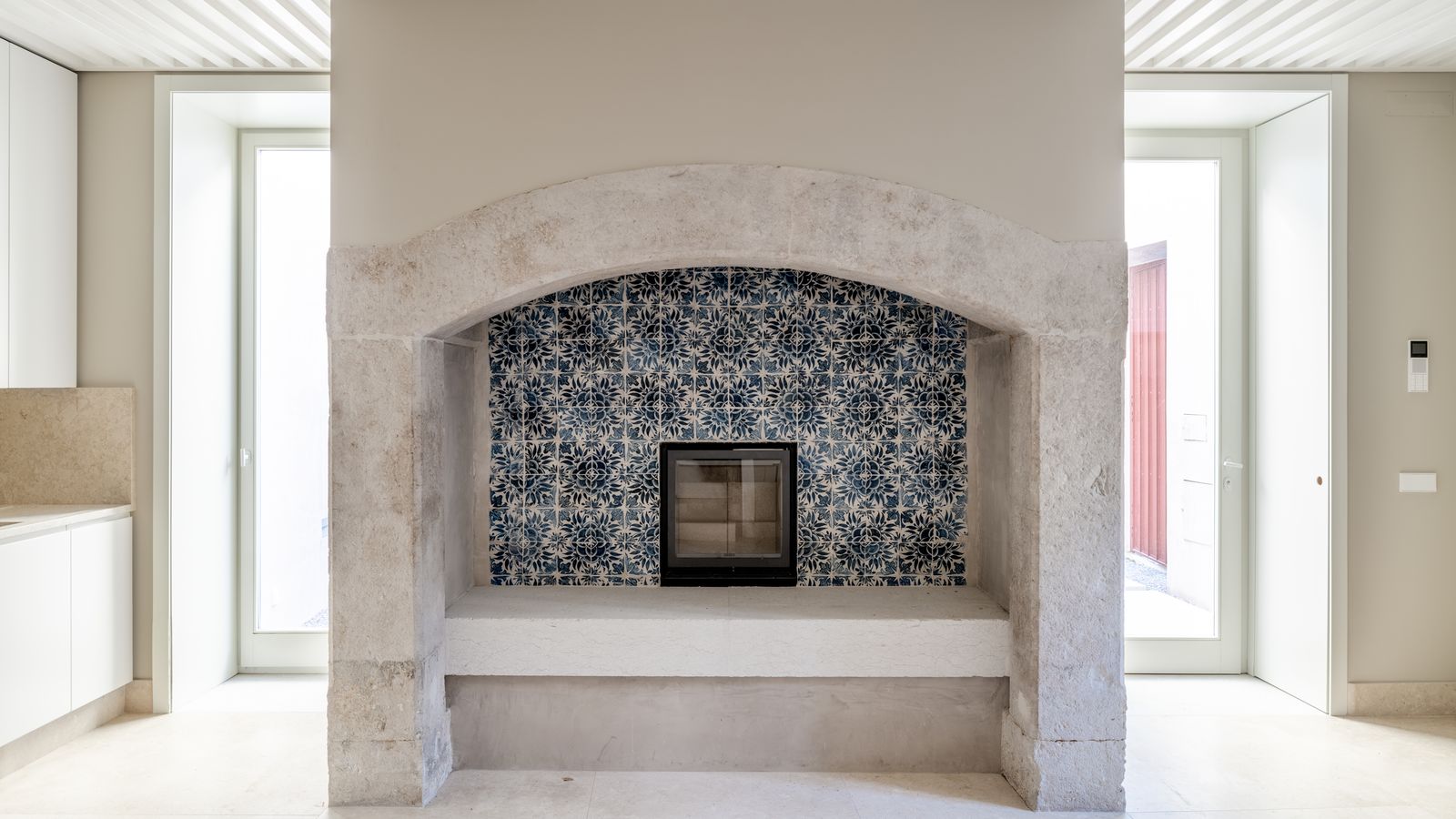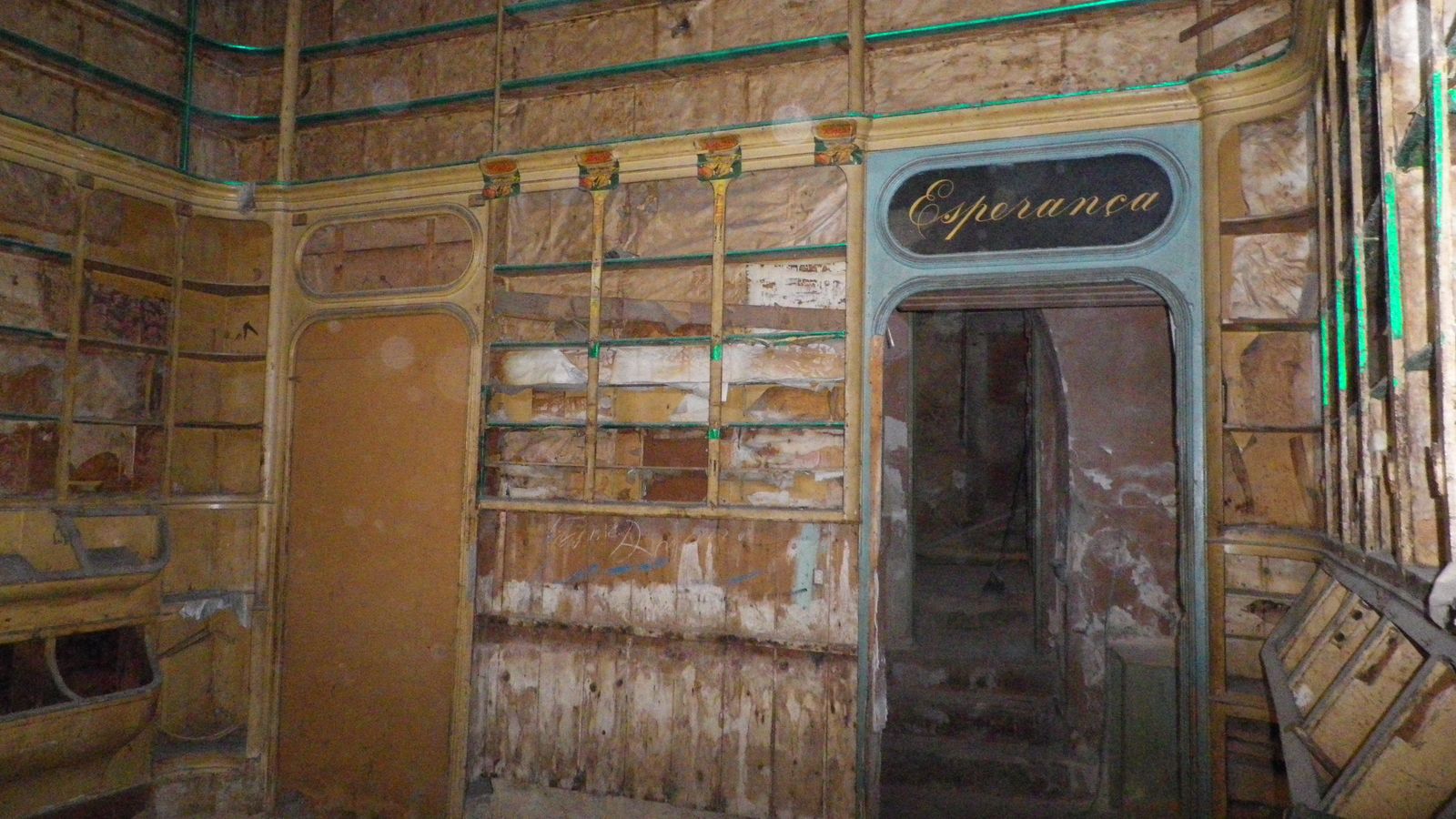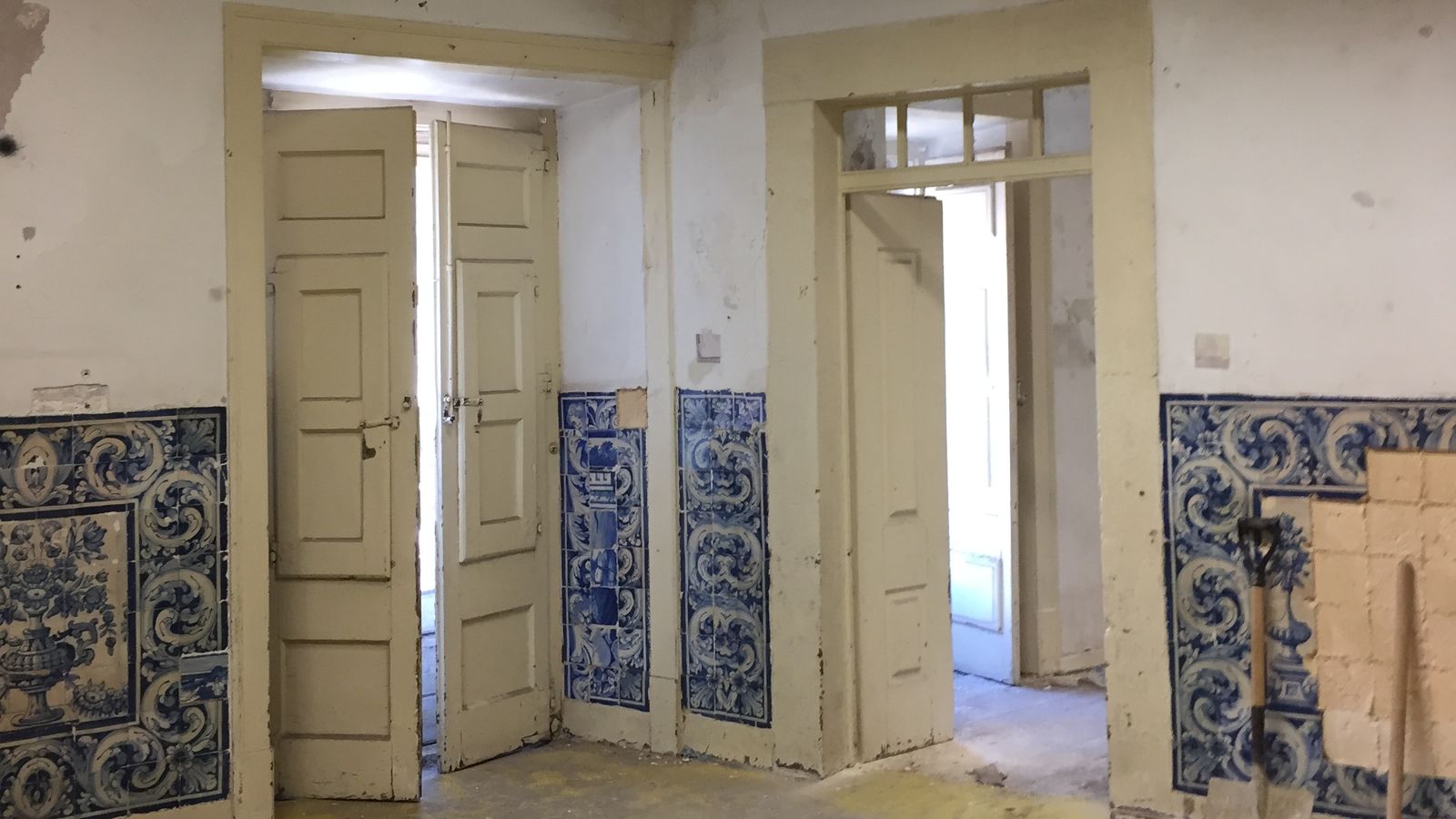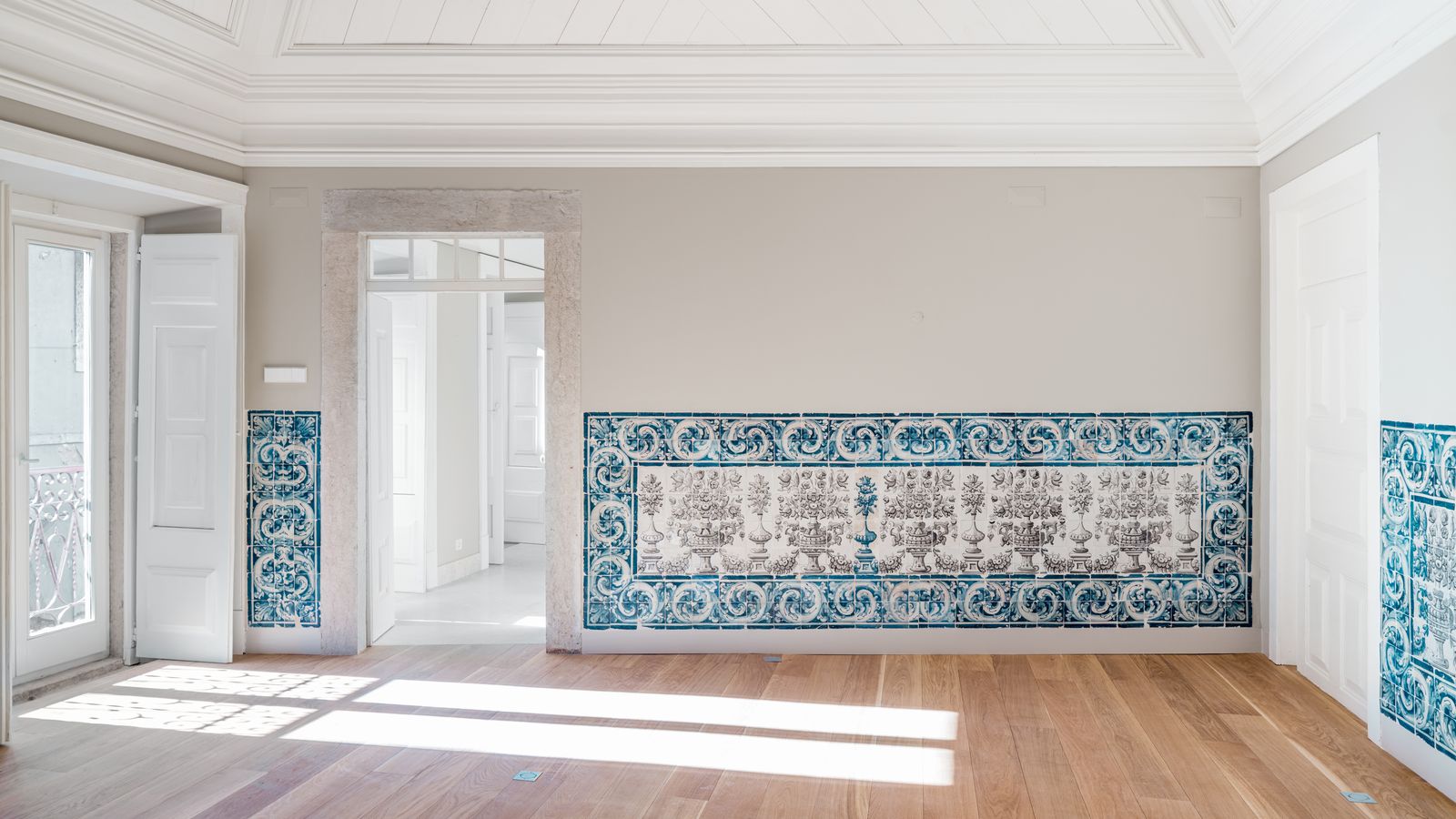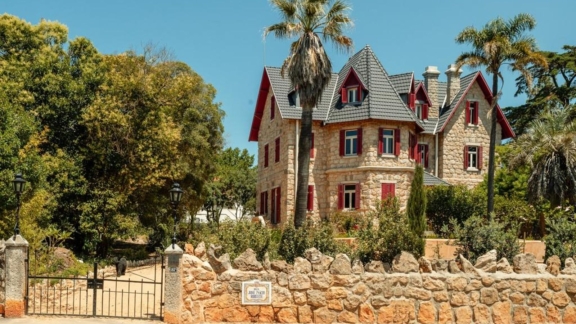Chalet Ficalho, in Cascais, wins the Vilalva Prize

It has remained practically unchanged since it was built in 1887 by António da Costa e Silva and his wife, Maria Josefa de Mello, for their daughter, Helena Maria Luísa, to whom the doctor had recommended “sea air”. More than a hundred years later, it has more bathrooms (at the time it only had one), the attic that was a delight for the younger ones has been transformed into two bedrooms, and it has gained amenities such as air conditioning, an elevator and a swimming pool in the garden, all to be able to receive guests. But the idea was to put into practice Lampedusa’s maxim that something has to change for everything to stay the same. So everything that could be restored was done, trying to keep (almost) everything as it was when the counts of Ficalho went there to spend the summer.

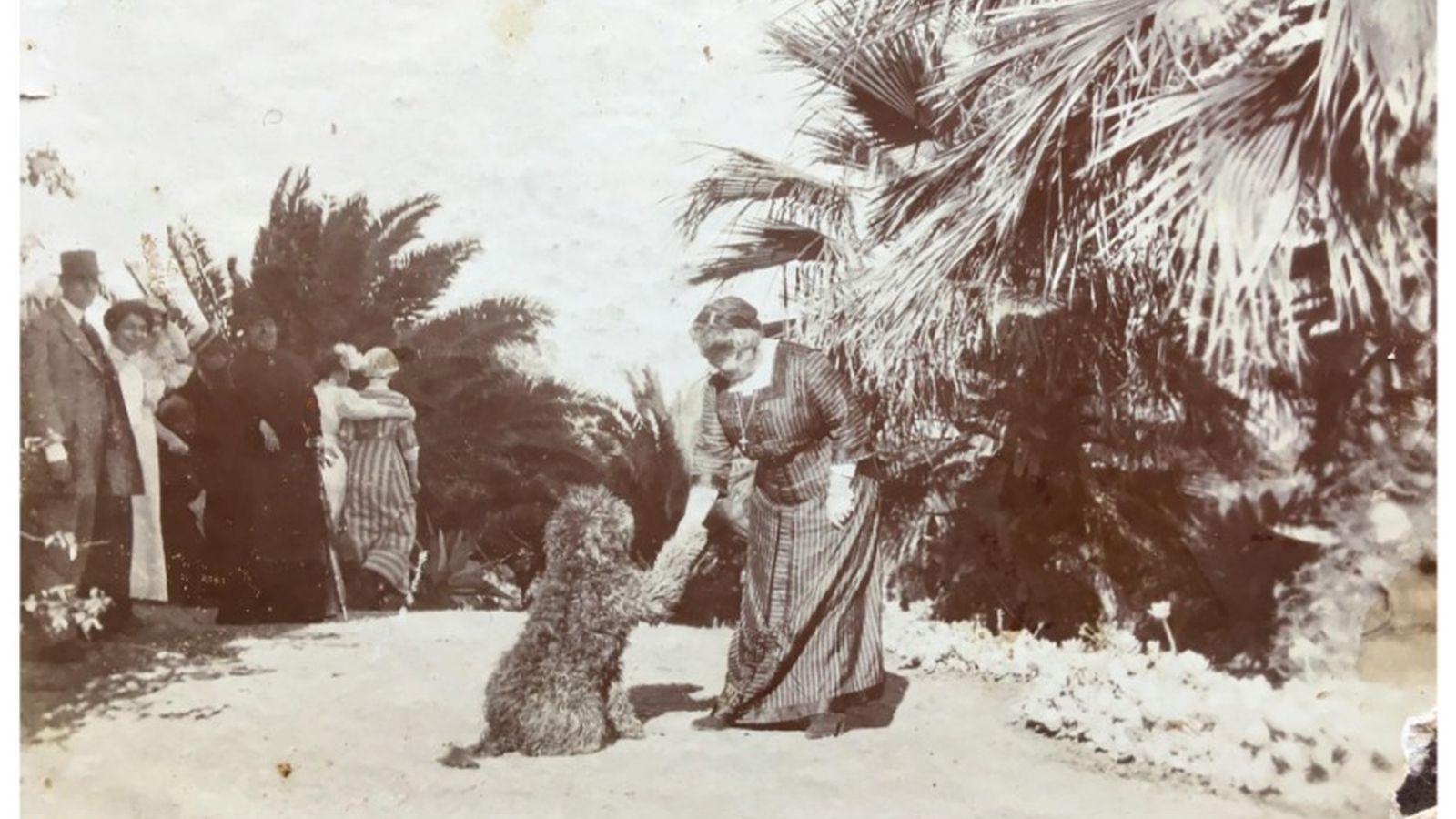
Built 136 years ago, Chalet Ficalho has seen a bit of everything – it was a summer house (when, in the 19th century, Cascais became a seaside resort regularly frequented by the Royal Family and the Court), it was left abandoned when the owners went into exile, following the regicide, it was transformed into a “grandparents’ house” after April 25, it joined the Cascais Summer Architecture Route (it’s the 19th of 36 stops) and, having been in the same family since 1887, it was bound to go through a lengthy sharing process.
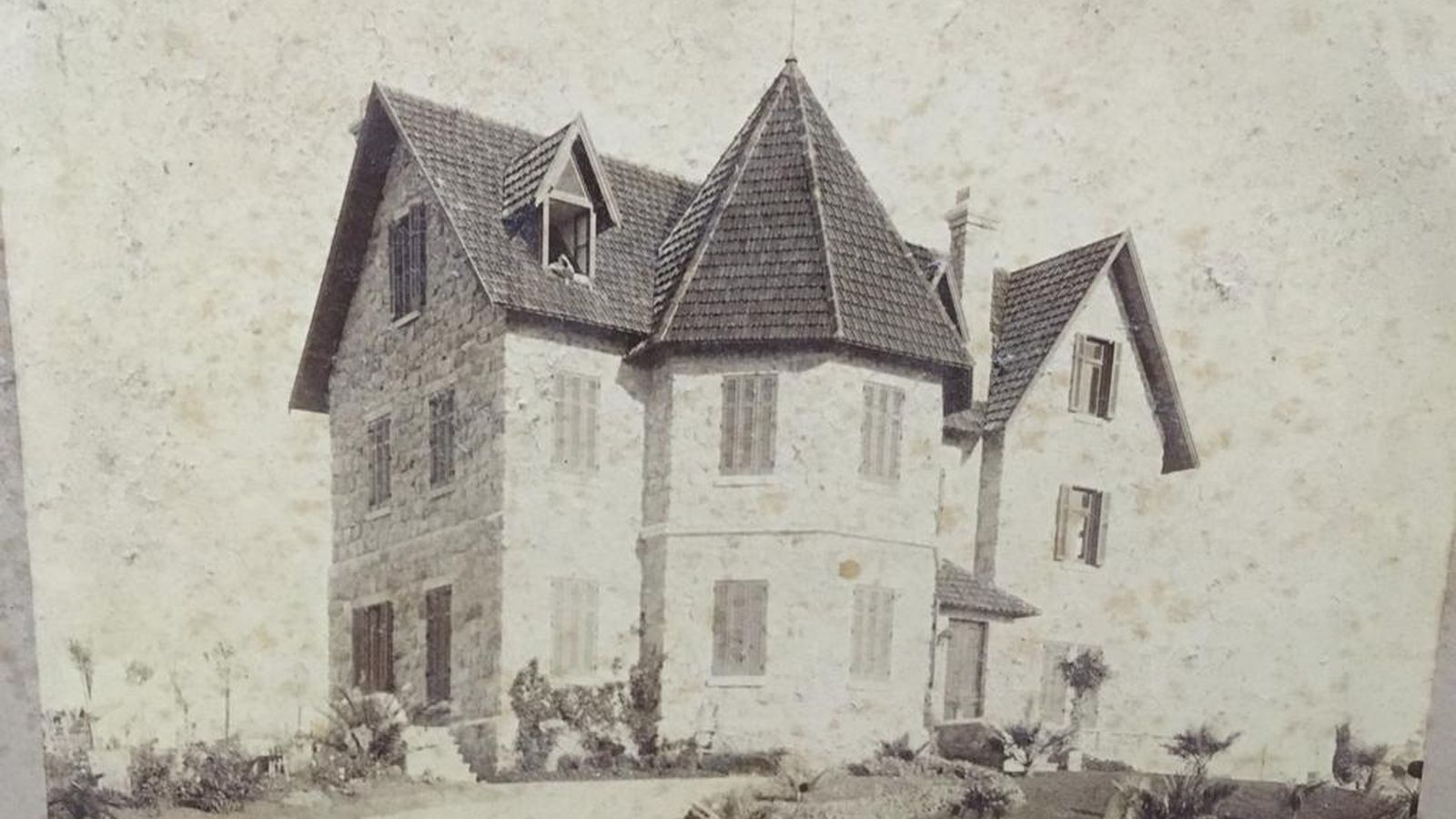

In 2023, the Chalet Ficalho, a listed building, was awarded the Gulbenkian Heritage Prize – Maria Tereza and Vasco Vilalva, “for the building’s heritage importance as an exponent of an architectural style that has largely been destroyed in most of the country’s seaside resorts, for the model character of the respect for the original techniques and materials in the restoration project and for the exemplary balance between the preservation of the complex and its suitability for its new function as hotel equipment,” said the jury, made up of António Lamas (chairman), Gonçalo Byrne, Raquel Henriques da Silva, Rui Vieira Nery and Santiago Macias.
In its assessment, the jury also highlighted the fact that the building is in a small park with exotic tree species (the Countess of Ficalho’s father was one of the founders of the Lisbon Botanical Garden), restored with great concern for fidelity to the original landscape design.
The application to restore the Chalet was submitted by architect Raúl Vieira (Astradi Architecture Office) and Maria de Jesus da Câmara Chaves (owner of the building).
In this edition, two honorable mentions were also awarded:
Águas Livres Building, Lisbon
The rehabilitation and overhaul of the common spaces and collective use areas of the Águas Livres Building in Lisbon (proposed by the Águas Livres Condominium and architect Rui Mendes, who worked closely with co-author architect Bartolomeu Costa Cabral) was mentioned for having managed to “propose, in a different technological, environmental and regulatory context, the extension of the building’s life cycle, reversing the natural erosion of elements and building materials.” The jury also pointed out that, in addition to the “protection and restoration” work already carried out, there are still ongoing “rehabilitation and revision processes for 5 new work fronts necessary to maintain the building and, consequently, prolong the quality of life of its residents.”




Noble Houses of João Pereira e Sousa, Lisbon
The Noble Houses of João Pereira e Sousa, also in Lisbon (a joint Architecture and Tiling application, proposed by Appleton e Domingos, Arquitectos, and Can Ran Arquitectura), were distinguished for the “restoration of the furniture of an old grocery store”, “the restoration and enhancement of the existing mastic ceilings, the shutters of the openings and the boards of some of the floors that assume that history has passed over them, the effectiveness of the “new construction” options” and “the solutions found to enhance the existing tile elements, including the creation of new panels”.
